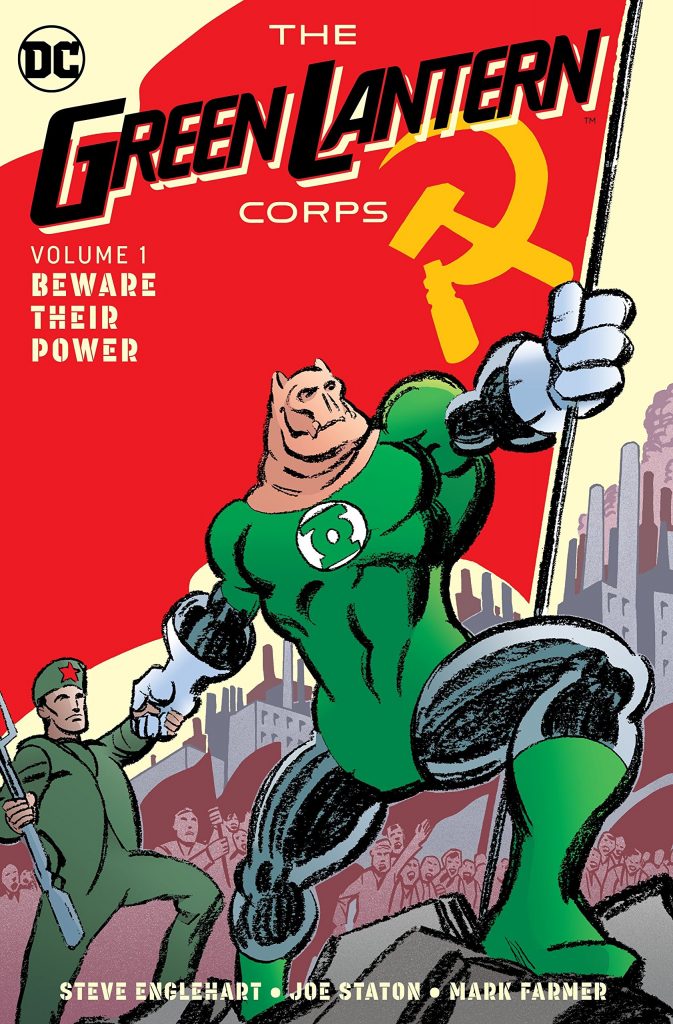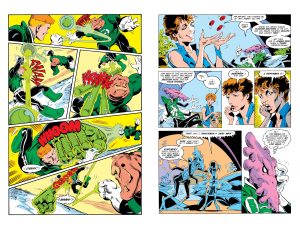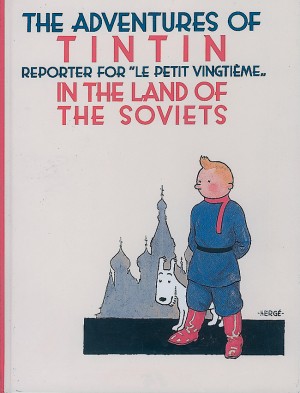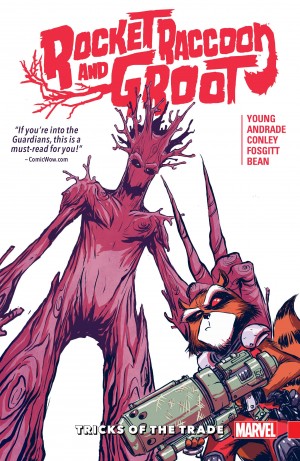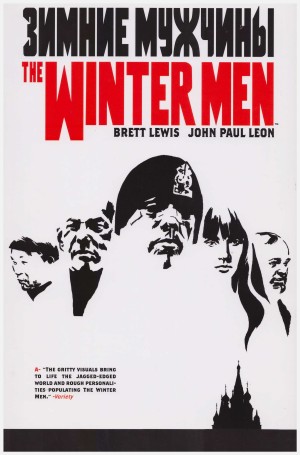Review by Ian Keogh
DC aren’t making it easy for anyone to follow the graphic novels collecting Steve Englehart and Joe Staton’s 1980s Green Lantern stories. Anyone picking up this collection might imagine they’ve started at the beginning, seeing as it’s cover-labelled Volume 1, but that’s not the case. The earliest work by Englehart and Staton is found in Green Lantern: Sector 2814 Volume 2, from which it continues into Vol. 3, the only logic applied to reprinting their work. Between that and this there’s Tales of the Green Lantern Corps Vol. 3, previously a series dedicated to short stories about alien Green Lanterns. Several of those instead bookend this collection.
In the main continuity a number of Green Lanterns have based themselves on Earth. That has consequences, as Englehart investigates 1980s political ideology. The alien Kilowog becomes disenchanted with some hypocrisy found in the USA and lacks years of demonising when assessing the Soviet Union, so is easily convinced of their way of thinking. He’s given a distorted lesson, but not one entirely without truth, and the result is the great symbolic cover. Also interesting is the psychological assessment of the aggressive Guy Gardner in the opening chapter, Englehart thereafter ramping him up into the objectionable personality he’s maintained ever since. Where Englehart takes the Soviet Union plot is also interesting, but he completely misreads the signs of the times and paints Mikael Gorbachev as the deceitful tyrant his predecessors were, which now reads very poorly. If not for that, the escalation of global tensions is nicely plotted because there’s no situation Guy can’t make worse. Other individual moments follow: a unique New Year celebration, Englehart touching on racism and CIA involvement in Nicaragua, and the sordid relationship between Hector Hammond and Star Sapphire among them. By the end of the main continuity much has changed via a clever final story, tying into what at the time seemed a random interlude.
Most of that main continuity is very nicely pencilled by Joe Staton, his art not suffering at all from the switch of inker to Mark Farmer, and while plenty of greats contribute to the shorter tales, only Ian Gibson fills in for Staton. His compact and distinctive cartooning is as good as Staton’s pages, although his layouts are more individual.
Putting aside the logic that they’d have been better included in Tales of the Green Lantern Corps Volume 2, a mighty creative line-up contributes to the shorts. Two Alan Moore stories feature, neither very notable, but Kevin O’Neill’s grotesque imaginings for ‘Tygers’ are disturbingly wonderful. Geoff Johns pulled a fair bit from it for his Green Lantern run. The stories are largely diverting, but it’s the art that provides most of the highlights, from the forgotten artistic talent of Bill Willingham, through the elegance of José Luis García-López to the beauty of Kevin Nowlan. John Byrne, Paris Cullins and Trevor Von Eeden, also produce notable art, and Byrne’s is a clever story, at times elements seeming to veer too close to earlier tales of the Green Lantern Corps, but emerging as original.
Thought balloons and the occasional piece of shorthand personality creation date Englehart’s work, but it’s conceptually sound, fast-paced and still entertaining.
